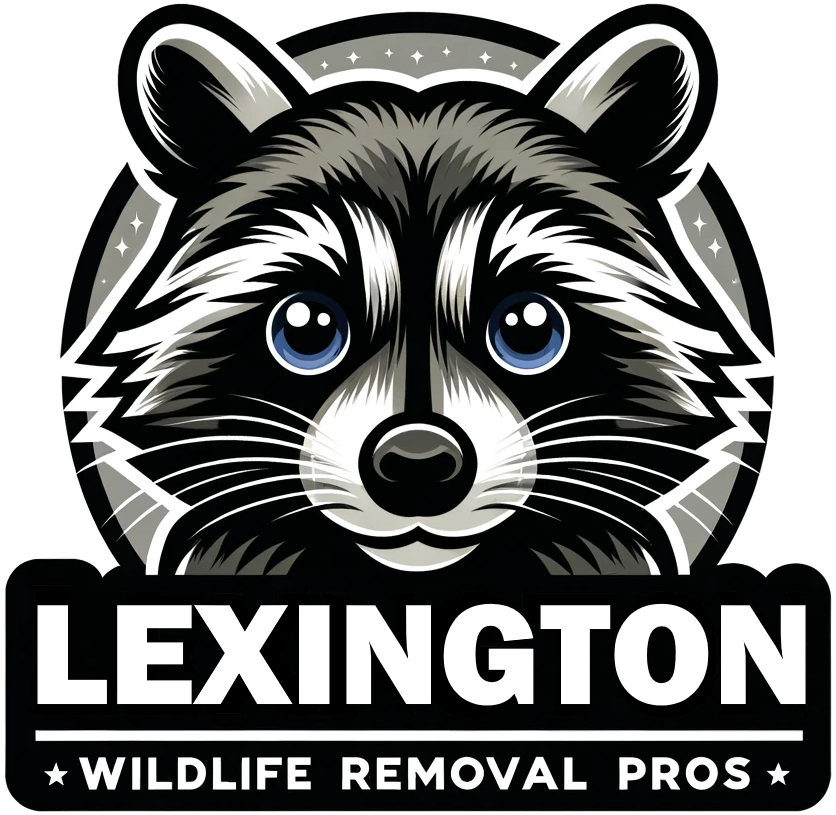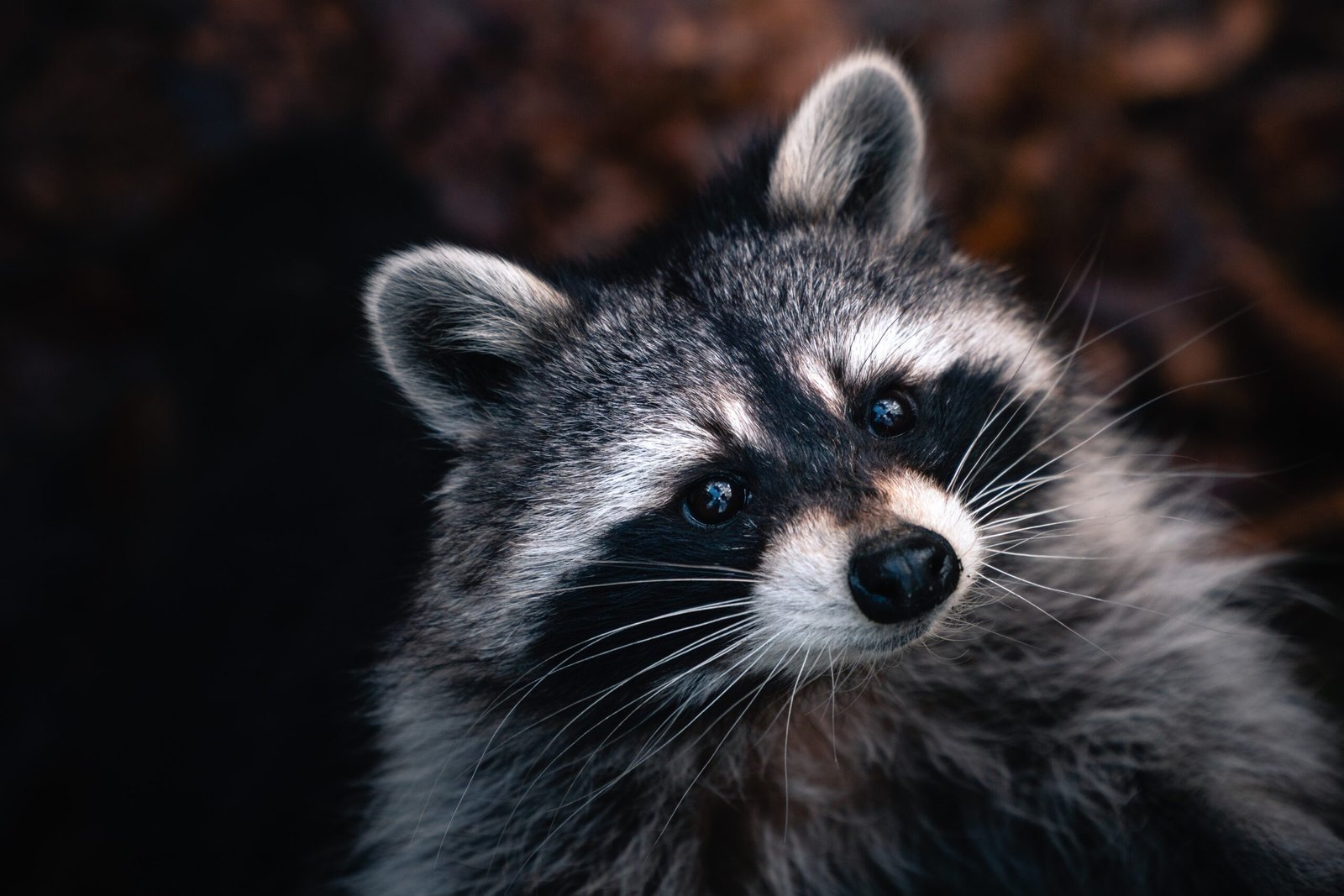Here in Lexington, KY, we have a diverse range of wildlife that can sometimes find their way into our homes and properties. Take for instance the recent case of a homeowner who discovered a family of raccoons nesting in their attic. Dealing with wildlife infestations can be a challenging and potentially dangerous task. In this discussion, we will explore the common wildlife issues in Lexington, signs of infestation, the dangers of having wildlife in your property, effective removal techniques, and how to prevent future encounters. Stay tuned to discover the best ways to handle wildlife invasions and ensure a safe and peaceful living environment.
Key Takeaways
- Humane trapping is an effective approach for wildlife removal in Lexington KY.
- Prompt action and contacting professional removal services are crucial for early detection and intervention to minimize damage caused by wildlife infestations.
- Having wildlife on your property can pose health risks, property damage, and serve as access points for other pests.
- Prevention is key to avoiding future wildlife encounters, including securing entry points, removing potential food sources, and maintaining clean surroundings.
Common Wildlife Issues in Lexington KY
In Lexington KY, we frequently encounter various wildlife issues that can disrupt the peace and safety of our community. One of the most common challenges we face is the need for effective wildlife control methods. With a thriving local wildlife population, it is not uncommon to come across animals such as raccoons, squirrels, or even skunks in our neighborhoods.
These animals can cause a range of problems, from damaging property to spreading diseases. Therefore, it is crucial for us to have reliable wildlife control methods in place. One of the most effective approaches is humane trapping, which allows for the safe capture and removal of wildlife from residential areas. This method ensures the well-being of both humans and animals.
Another essential aspect of wildlife control is prevention. By implementing measures such as securing trash cans and sealing off potential entry points, we can reduce the likelihood of wildlife encroaching on our properties. Additionally, educating the community about the importance of not feeding wildlife can help deter them from becoming a nuisance in the first place.
Signs of Wildlife Infestation in Your Home
Wildlife infestation in your home can be identified through various telltale signs. Here are three key indicators that can help you determine if your home is infested with wildlife:
- Identifying wildlife droppings: Different types of animals leave distinct droppings, which can provide valuable clues about the presence of wildlife in your home. By identifying the size, shape, and color of the droppings, you can narrow down the potential culprits and take appropriate action.
- Unusual noises in your attic: If you hear scratching, scurrying, or other unusual sounds coming from your attic, it could be a sign of wildlife infestation. Animals like squirrels, raccoons, or bats often seek shelter in attics and can cause damage to your property.
- Signs of damage: Wildlife infestation can lead to visible signs of damage in your home. Look out for chewed wires, torn insulation, or holes in walls, as these can indicate the presence of animals.
If you notice any of these signs, it’s important to address the issue promptly. Contacting a professional wildlife removal service can help you safely and effectively remove the animals from your home, ensuring the safety and well-being of both you and the wildlife. Remember, early detection and intervention can help minimize the damage caused by wildlife infestation.
The Dangers of Having Wildlife in Your Property
After identifying the signs of wildlife infestation in your home, it is crucial to understand the potential dangers that can arise from having these animals on your property. Not only can wildlife pose serious health risks, but they can also cause significant damage to your property.
Health risks associated with wildlife infestation are a major concern. Many wild animals carry diseases that can be transmitted to humans. For example, raccoons can transmit rabies through bites or scratches, while rodents like rats and mice can spread diseases such as hantavirus and leptospirosis through their droppings. Additionally, the feces and urine of wildlife can contaminate the air and surfaces in your home, leading to respiratory problems and allergies.
Property damage caused by wildlife presence is another issue. Animals like squirrels and raccoons can chew on electrical wires, which can lead to fires or electrical malfunctions. They can also cause damage to insulation, walls, and structural supports, leading to costly repairs. Furthermore, wildlife often create nests or burrows in attics, crawl spaces, and chimneys, which can result in additional structural damage and access points for other pests.
Effective and Humane Wildlife Removal Techniques
To ensure the safe removal of wildlife from your property while prioritizing their well-being, effective and humane techniques can be employed. When it comes to wildlife removal, it is important to consider non-lethal control methods that avoid causing harm to the animals. Here are three techniques that can help you achieve this goal:
- Habitat Modification: By making changes to your property’s environment, you can discourage wildlife from taking up residence. This can include removing food sources, sealing off potential entry points, and creating barriers to prevent access.
- Repellents: Using natural repellents can be an effective way to deter wildlife from your property. These repellents emit odors or tastes that are unpleasant to the animals, encouraging them to seek alternative habitats.
- Live Trapping and Relocation: When necessary, live trapping can be used to capture wildlife and safely relocate them to a more suitable habitat. It is important to use humane traps and handle the animals with care during the relocation process.
When implementing these techniques, it is essential to consider the ethical considerations in wildlife removal. Striking a balance between human needs and the well-being of wildlife is crucial. By employing non-lethal control methods and treating animals with respect and compassion, we can achieve a peaceful coexistence with wildlife.
How to Prevent Future Wildlife Encounters
Now that we have explored effective and humane wildlife removal techniques, let’s focus on how we can prevent future encounters with wildlife. Preventing wildlife damage is essential for maintaining a safe and peaceful environment. To achieve this, we need to employ wildlife exclusion methods.
Firstly, it is crucial to identify and seal any potential entry points in our homes or buildings. This includes gaps in the foundation, cracks in walls, or broken windows. By blocking these access points, we can prevent wildlife from entering our premises.
Additionally, keeping our surroundings clean and tidy can discourage wildlife from approaching. Removing potential food sources, such as garbage or pet food left outside, can greatly reduce the attraction for wildlife.
Regularly maintaining our yards and gardens is also important. Overgrown vegetation and piles of debris can create ideal habitats for wildlife. By trimming shrubs, mowing the lawn, and removing fallen tree branches, we can make our property less appealing to wildlife.


